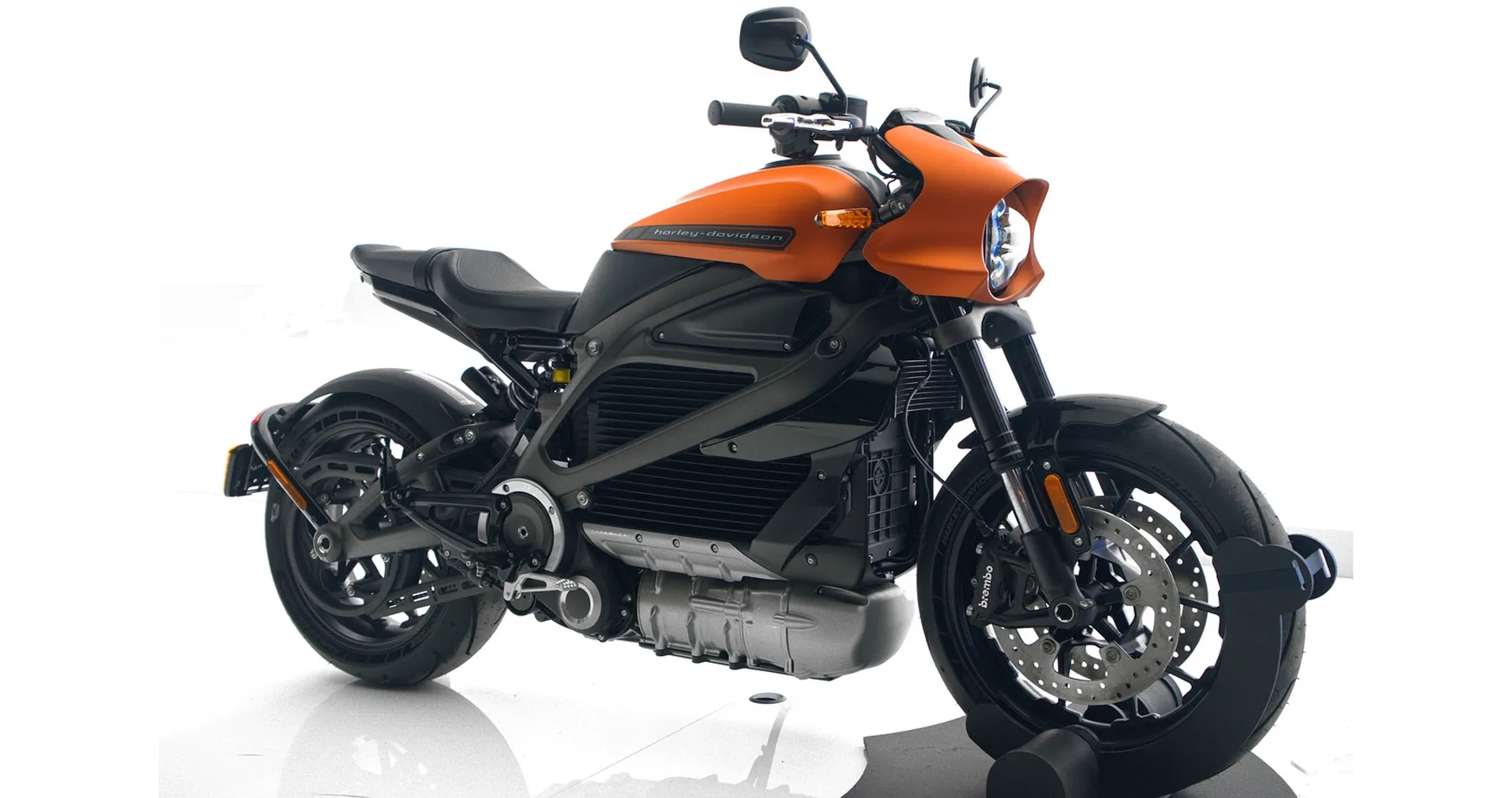Electric motorcycles have a rich history in the United States, dating back to the late 19th century when the advent of electric vehicles was gaining momentum. This journey through time sheds light on the evolution of electric motorcycles and highlights the various factors that influenced their development and adoption.
The world of electric motorcycles in the US Discussed
Early History:
The US saw the emergence of electric motorbikes in the late 1800s and early 1900s. During this era, the concept of electric vehicles, including motorcycles, captured the imagination of inventors and enthusiasts. In 1895, the first patent for an electric bicycle was granted to Ogden Bolton Jr., marking the official beginning of electric-powered two-wheelers in the country.
Pioneering Models:
The late 19th and early 20th centuries witnessed the emergence of several pioneering electric motorcycle models. One such notable example was the 1911 Harley-Davidson Model 7A, an electric-powered motorcycle that showcased the potential of electric propulsion. Despite its promising features, the Model 7A faced limitations in battery technology, range, and infrastructure support, which hindered widespread adoption.
Challenges and Evolution:
Electric motorcycles faced numerous challenges during their early years, primarily due to technological constraints. Battery technology was in its infancy, resulting in limited range and performance compared to their internal combustion engine counterparts. Moreover, the lack of infrastructure for charging stations further impeded the growth of electric motorcycles.
Resurgence in Modern Times:
The late 20th and early 21st centuries saw a resurgence of interest in electric motorcycles following a period of inactivity. Advancements in battery technology, particularly with the development of lithium-ion batteries, revolutionized the electric vehicle industry. This innovation significantly improved the electric motorcycles’ performance, power, and range, rekindling customer and manufacturer interest.
Market Dynamics and Growth:
In recent years, the electric motorcycle market in the US has experienced steady growth. Several factors have contributed to this expansion, including increased environmental awareness, government incentives promoting clean energy, and the growing demand for sustainable transportation options. Manufacturers have responded by introducing a diverse range of electric motorcycles catering to different preferences, from commuter bikes to high-performance models.
Key Players and Innovations:
A wide range of manufacturers and cutting-edge designs define the US market for electric motorcycles. Companies like Zero Motorcycles, Harley-Davidson with its LiveWire series, and Lightning Motorcycles have played pivotal roles in shaping the market. These manufacturers have focused on improving battery technology, enhancing performance, and incorporating features such as connectivity and advanced rider-assist systems.
Infrastructure Development:
The expansion of charging infrastructure is closely related to the rise in popularity of electric motorcycles. The goal is to build a nationwide network of charging stations so that users may drive farther between charges without experiencing range anxiety. Governments, businesses, and advocacy organizations working together is essential to making this infrastructure development possible.
Rider Experience and Adoption:
The experience of riding an electric motorcycle is unique, offering instant torque, quiet operation, and low maintenance compared to traditional bikes. Electric motorbike adoption is rising as more and more riders become aware of these advantages. Additionally, the ease of operation and the absence of gears in many electric models make them appealing to novice riders.
Regulatory Landscape and Future Outlook:
The regulatory environment plays a crucial role in shaping the future of electric motorcycles. Government initiatives supporting clean energy, incentives for electric vehicle adoption, and policies promoting sustainable transportation solutions are likely to drive further growth in the market. Moreover, continued research and development initiatives seek to address lingering issues with battery longevity, charging times, and pricing.
Conclusion:
Exploring the world of electric motorcycles in the US unveils a captivating journey marked by innovation, challenges, and continuous evolution. Electric motorcycles have come a long way, from the first experimental models to the more advanced models available today. With advancements in technology, changing consumer preferences, and supportive policies, the future looks promising for the electrification of motorcycles, paving the way for a sustainable and dynamic transportation landscape in the United States.
